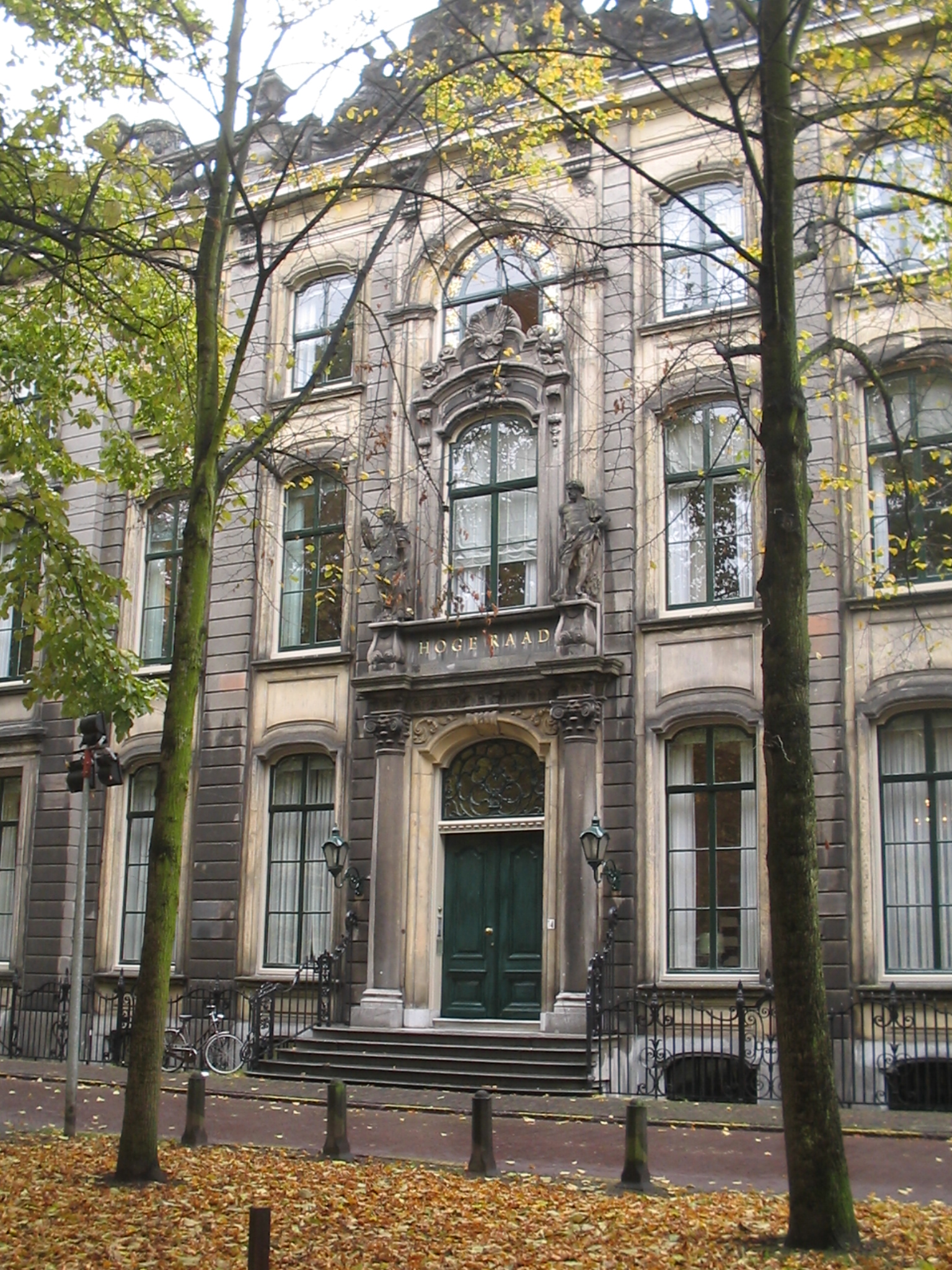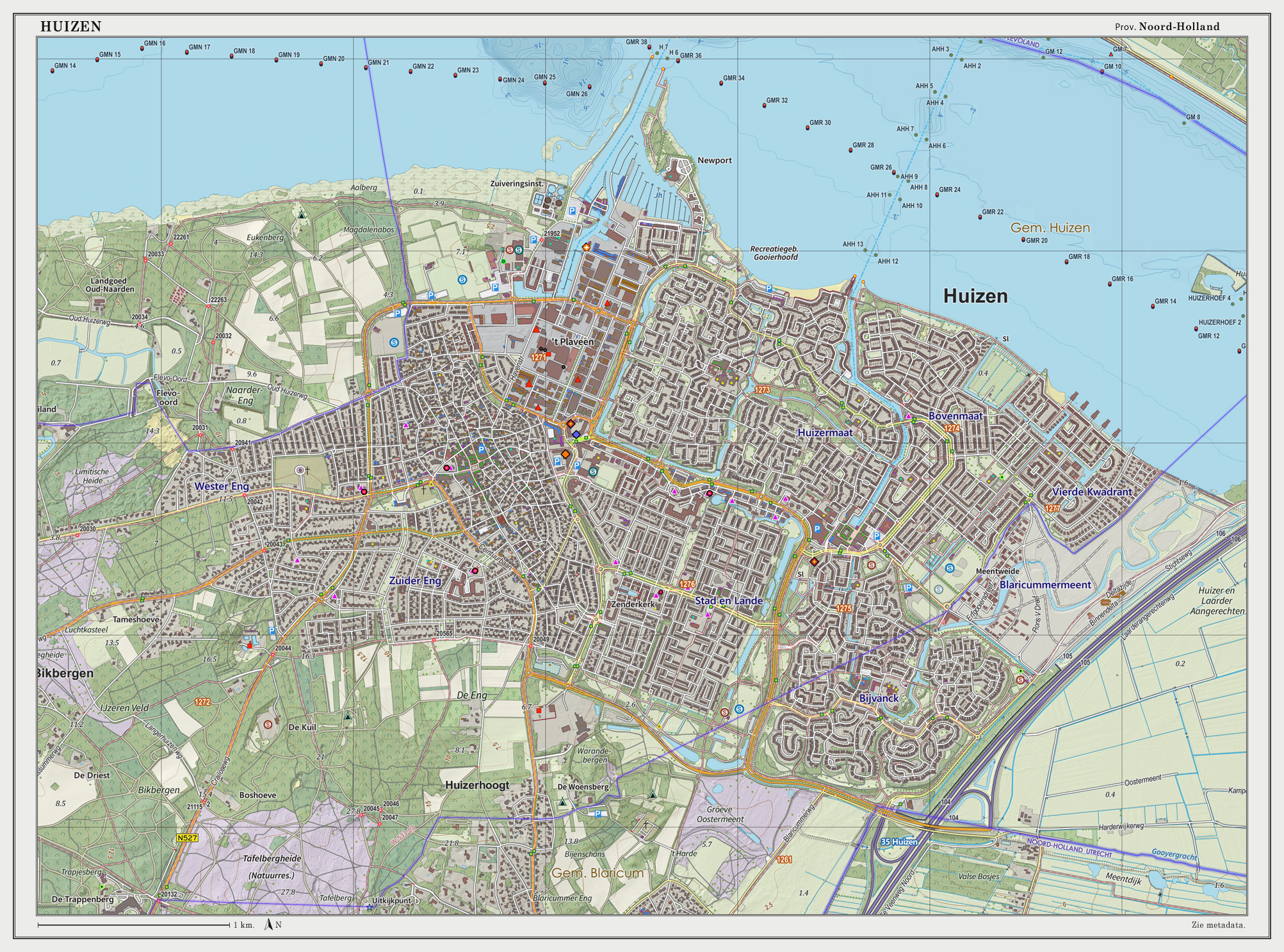|
Squatting In The Netherlands
Squatting in the Netherlands (Dutch: kraken) is the occupation of unused or derelict buildings or land without the permission of the owner. The modern squatters movement (Dutch: kraakbeweging) began in the 1960s in the Netherlands. By the 1980s, it had become a powerful anarchist social movement which regularly came into conflict with the state, particularly in Amsterdam with the Vondelstraat and coronation riots. Some squats in cities have successfully legalised into still extant social centres and housing cooperatives such as ACU in Utrecht, the Grote Broek in Nijmegen, the Landbouwbelang in Maastricht, ORKZ in Groningen, the Poortgebouw in Rotterdam and Vrankrijk in Amsterdam. There have also been squats in the countryside such as Fort Pannerden and the Ruigoord village. Squatting was criminalised in October 2010. Between then and November 2014, 529 people were arrested. Some recent high-profile evictions have included ADM, the Tabakspanden and De Vloek. The social movemen ... [...More Info...] [...Related Items...] OR: [Wikipedia] [Google] [Baidu] |
Fort Pannerden
Fort Pannerden is a disused military fort situated near the village of Pannerden in the southeast of the Netherlands. In November 2006, it became the focus of national news stories because a group of squatters were evicted in a large-scale operation by police, helped by the army. Later on in the same month, it was resquatted. History The fort was constructed between 1869 and 1871 to serve as part of the New Dutch Waterline. Originally built completely out of brick and mortar, with just one main battery guarding the Rhine, it was upgraded significantly during 1885-1895. The main battery was completely rebuilt, with armour and concrete, while two additional armoured batteries were added and the roof of the fort was reinforced with concrete. The fort had strategic significance in that it guarded the Pannerden Canal, which supplied the water for the inundations of the New Dutch Waterline and could potentially be used as a route towards the main line of defence, but the fort saw lit ... [...More Info...] [...Related Items...] OR: [Wikipedia] [Google] [Baidu] |
Poortgebouw - Rotterdam, Holland - Panoramio
The Poortgebouw is a national monument located at Stieltjesstraat 38 in the Kop van Zuid area of Rotterdam, the Netherlands. It was built beside the River Maas in 1879 and experienced a range of uses until it was squatted October 3, 1980. It had been standing empty for 2 years and was squatted as a protest intended to highlight the lack of affordable residential housing in Rotterdam. History The Poortgebouw was originally planned as one of two identical buildings separated by water and guarding the narrow entrance to the Binnenhaven, part of the original port of Rotterdam. It is a monumental four storey brick building, with two wings and connecting floors which span the road beneath. It was intended to be the administrative headquarters of Rotterdamsche Handelsvereniging, but when the owner (L.Pincoffs) went bankrupt and fled to the United States of America the second building was not built. Later a smaller version was constructed, only to be demolished in 1937. By the late 1970 ... [...More Info...] [...Related Items...] OR: [Wikipedia] [Google] [Baidu] |
Provo (movement)
Provo was a Dutch counterculture movement in the mid-1960s that focused on provoking violent responses from authorities using non-violent bait. It was preceded by the nozem movement and followed by the hippie movement. Provo was founded, on 25 May 1965, by Robert Jasper Grootveld, an anti-smoking activist, and the anarchists Roel van Duijn and Rob Stolk. The term was used for the movement as a whole and for individual members. Provo was officially disbanded on 13 May 1967. Magazine 12 July 1965 the first ''Provo'' magazine was published. It contained the "Provo manifesto", written by Roel van Duijn, and reprinted recipes for bombs from a nineteenth-century anarchist pamphlet. The magazine was eventually confiscated. In ''Provo'' #12, the magazine was described as a monthly sheet for anarchists, provos, beatniks, pleiners, scissors-grinders, jailbirds, simple simon stylites, magicians, pacifists, potato-chip chaps, charlatans, philosophers, germ-carriers, grand masters of ... [...More Info...] [...Related Items...] OR: [Wikipedia] [Google] [Baidu] |
Speculation
In finance, speculation is the purchase of an asset (a commodity, good (economics), goods, or real estate) with the hope that it will become more valuable shortly. (It can also refer to short sales in which the speculator hopes for a decline in value.) Many speculators pay little attention to the fundamental value of a security and instead focus purely on price movements. In principle, speculation can involve any tradable good or financial instrument. Speculators are particularly common in the markets for stocks, bond (finance), bonds, commodity futures, currency, currencies, fine art, collectibles, real estate, and derivative (finance), derivatives. Speculators play one of four primary roles in financial markets, along with hedge (finance), hedgers, who engage in transactions to offset some other pre-existing risk, arbitrageus who seek to profit from situations where Fungibility, fungible instruments trade at different prices in different market segments, and investors who s ... [...More Info...] [...Related Items...] OR: [Wikipedia] [Google] [Baidu] |
Supreme Court Of The Netherlands
The Supreme Court of the Netherlands ( nl, Hoge Raad der Nederlanden or simply ''Hoge Raad''), officially the High Council of the Netherlands, is the final court of appeal in civil, criminal and tax cases in the Netherlands, including Curaçao, Sint Maarten and Aruba. The Court was established on 1 October 1838 and is located in The Hague. The Supreme Court rules civil and criminal matters. In certain administrative cases it has final jurisdiction as well, while in other cases this jurisdiction rests with the adjudicative division of the Council of State (''Raad van State''), the Central Appeals Tribunal ('), the Trade and Industry Appeals Tribunal (') as well as judicial institutions in the Caribbean part of the Kingdom of the Netherlands. The Court is a court of cassation, which means that it has the competence to quash or affirm rulings of lower courts, but no competence to re-examine or question the facts. It only considers whether the lower courts applied the law correctly ... [...More Info...] [...Related Items...] OR: [Wikipedia] [Google] [Baidu] |
Great Depression
The Great Depression (19291939) was an economic shock that impacted most countries across the world. It was a period of economic depression that became evident after a major fall in stock prices in the United States. The economic contagion began around September and led to the Wall Street stock market crash of October 24 (Black Thursday). It was the longest, deepest, and most widespread depression of the 20th century. Between 1929 and 1932, worldwide gross domestic product (GDP) fell by an estimated 15%. By comparison, worldwide GDP fell by less than 1% from 2008 to 2009 during the Great Recession. Some economies started to recover by the mid-1930s. However, in many countries, the negative effects of the Great Depression lasted until the beginning of World War II. Devastating effects were seen in both rich and poor countries with falling personal income, prices, tax revenues, and profits. International trade fell by more than 50%, unemployment in the U.S. rose to 23% and ... [...More Info...] [...Related Items...] OR: [Wikipedia] [Google] [Baidu] |
Huizen Gekraakt Uit Protest Tegen Verkoop Goedkope Huurhuizen Gekraakt Huis In , Bestanddeelnr 931-0090
Huizen () is a municipality and a village in the province of North Holland, the Netherlands. The name "Huizen" is Dutch for "houses" and this usage has been linked to the belief that the first stone houses, instead of the more common sod houses at the time, in the region appeared here. Huizen is part of the metropolitan area of Amsterdam. History Huizen was originally an agricultural village, nearby the Zuiderzee until 1932. During wintertime the farmers went fishing, which started the development from an agricultural village to a coastal village with a thriving fishing industry, which was stimulated by building the harbour around 1850. After the damming of the Zuiderzee due the making of the Afsluitdijk in 1932, the old sea was degraded to a lake, without any economical activities shifted towards industry and commerce. In the 1960s the town was designated to build substantially large residential areas, to overcome the housing shortage in the region. From then on, the village too ... [...More Info...] [...Related Items...] OR: [Wikipedia] [Google] [Baidu] |
We Are Here (collective)
We Are Here (Dutch (language), Dutch: Wij Zijn Hier) is a collective of migrants based in Amsterdam, the Netherlands, which campaigns for human rights for its members and all undocumented migrants. The asylum seekers have in many cases had their applications to remain in the Netherlands denied but they either cannot go back or refuse to return to their country of origin. They demand access to social services such as medical care and housing. The group formed in 2012 and by 2015 contained over 200 migrants from around 15 countries. The collective is constantly in flux as a result of individually precarious legal situations. Since its members refuse to use the homeless shelters offered by the city of Amsterdam, which can only be used from 5p.m. until 9a.m., the collective has Squatting, squatted a chain of buildings in and around the city since 2012. Most buildings are quickly evicted, some have led to offshoot projects. The group is mostly composed of men originally from Africa, ... [...More Info...] [...Related Items...] OR: [Wikipedia] [Google] [Baidu] |
De Vloek
De Vloek (, "The Curse") was a squatted, self-managed social centre in The Hague, the Netherlands, between 2002 and 2015. Located on Hellingweg 127 in Scheveningen, beside the North Sea, the squat hosted workplaces, living spaces, a venue, and a vegan restaurant. The local council tolerated the occupation until 2014, when it decided to sell the building. A political struggle over the eviction began; some political parties supported the squatters and the Scheveningen Pier was briefly occupied as a protest action. A deal was made for the squatters to move to a former school building and the Vloek was eventually evicted in September 2015. Activities Carrying on from De Blauwe Aanslag, which was squatted between 1980 and 2003, De Vloek was occupied on 5 June 2002. It was located on Hellingweg 127 in Scheveningen, beside the North Sea. The following year, the municipal council decided to tolerate the occupation as a cultural project. De Vloek hosted workplaces, living spaces, pra ... [...More Info...] [...Related Items...] OR: [Wikipedia] [Google] [Baidu] |
Tabakspanden
The Tabakspanden are a group of buildings standing on the Spuistraat in central Amsterdam, adjacent to the Keizerrijk and Wijdesteeg alleyways. Named after a former owner, the speculator Hendrik Tabak, they were mostly squatted from 1983 onwards, although the artist Peter Klashorst also rented an apartment and gallery space. The best known building was Spuistraat 199, known as the Slangenpand (Snakehouse) because of the large mural which covered the front exterior. In 2015, the squatters were evicted and the buildings were mostly demolished prior to redevelopment. The new project is known as De Keizer and has 69 apartments, a restaurant and a gallery. Two of the buildings are registered as rijksmonumenten (national monuments). History In the 17th century, there was a soap factory on the Wijdesteeg called De Klock. Before that, there was a brewery called Het Delftsche Wapen, also known as De Witte Eenhoorn. The ruins of these enterprises were discovered by archaeologists durin ... [...More Info...] [...Related Items...] OR: [Wikipedia] [Google] [Baidu] |


.jpg)





.jpg)